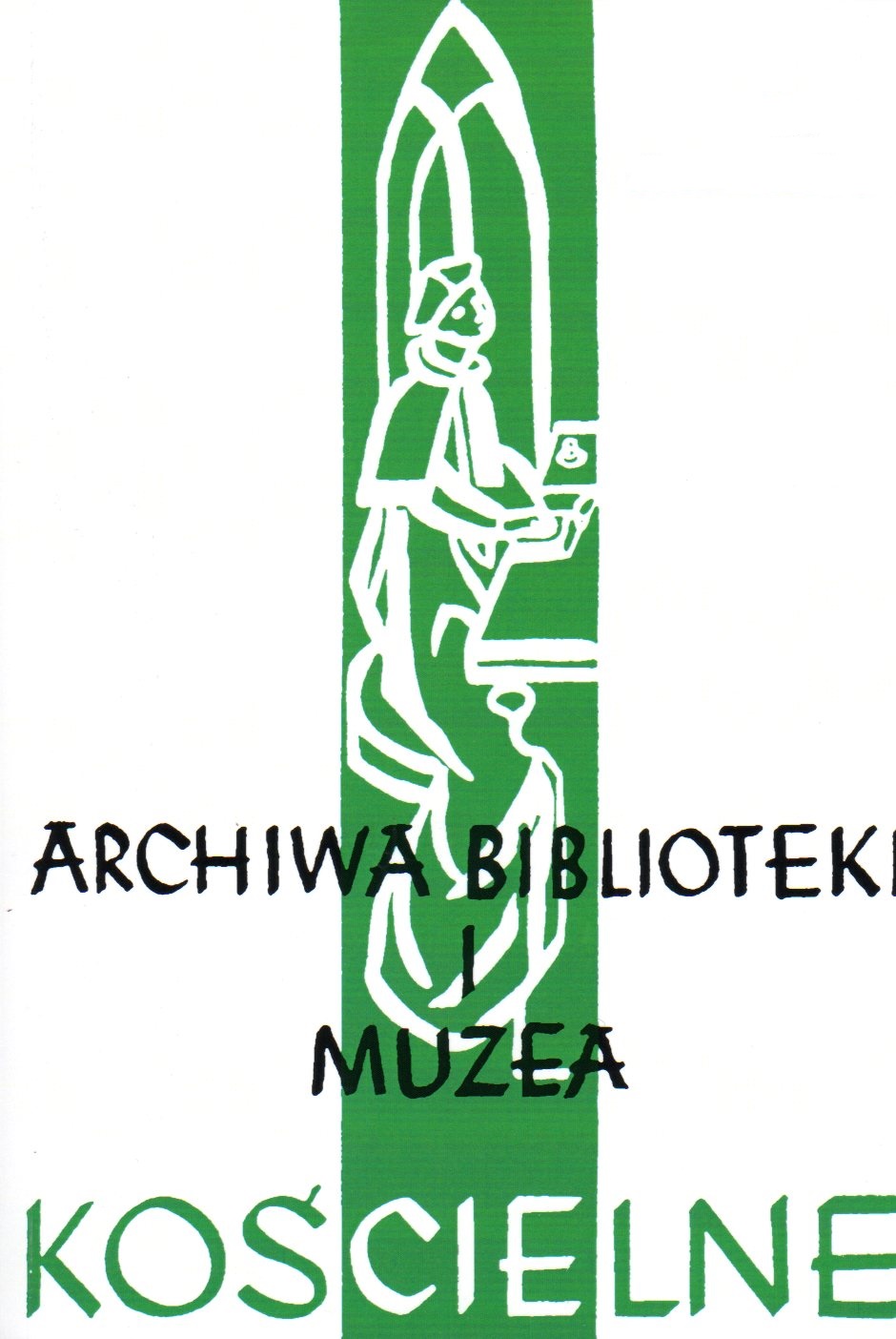Dokumenty rosyjskie z początku XX wieku na temat Jasnej Góry.
RUSSIAN DOCUMENTS FROM THE BEGINNING XX AGE ON THE SUBJECT OF THE JASNA GÓRA.
Author(s): Bronisław CzaplickiSubject(s): History
Published by: Katolicki Uniwersytet Lubelski Jana Pawła II - Wydział Teologii
Keywords: Jasna Góra; Church archives
Summary/Abstract: Częstochowa before the First World War was part of the Russian Empire. This location influenced the specific situation of Jasna Góra. The author of the study, taking into account the state of current research, has made an attempt to examine the Russian archival documents from the early 20th century concerning the monastery of Jasna Góra. These kinds of documents are in the Russian State Historical Archive in St. Petersburg and the State Archive in Łódź. The documents from the Russian Archive were produced by the Department of Ecclesiastical Affairs of Foreign Religious, the institution of the Ministry of Home Affairs, controlling non-orthodox religions; the latter documents were produced by the offices of the governor of Piotrków. Other Russian and Polish archives contain only a small number of documents of Jasna Góra. The documents show that almost all decisions concerning the monastery, even of small significance, were taken by the Russian central authorities in St. Petersburg. Then, they “came down” the bureaucratic ladder, from the Ministry of Home Affairs through the Department of Ecclesiastical Affairs, the offices of governor-general in Warsaw, the governor of Piotrków, the administrator of the district of Częstochowa. Police decisions were taken in the same way. A great part of the analyzed documents are either in-coming correspondence or the copies of sent correspondence. Their value is varied; some of them are the originals while others are the usual drafts of sent letters. The examined documents confirm the special interest of Russian authorities in the Catholic monastic life, their attempts to constraint its activity and actually to liquidate it. The fact that the Pauline Monastery in Częstochowa survived, in spite of external repression and internal problems, proves that it was under the special protection of God. Jasna Góra was a symbol of freedom for the enslaved Polish nation, it strengthened the faith and the unity of the Polish people, and numerous pilgrimages from different parts of the country, which was divided by the invaders, were the best defense of the monastery against liquidation.
Journal: Archiwa, Biblioteki i Muzea Kościelne
- Issue Year: 2011
- Issue No: 95
- Page Range: 11-32
- Page Count: 22
- Language: Polish

